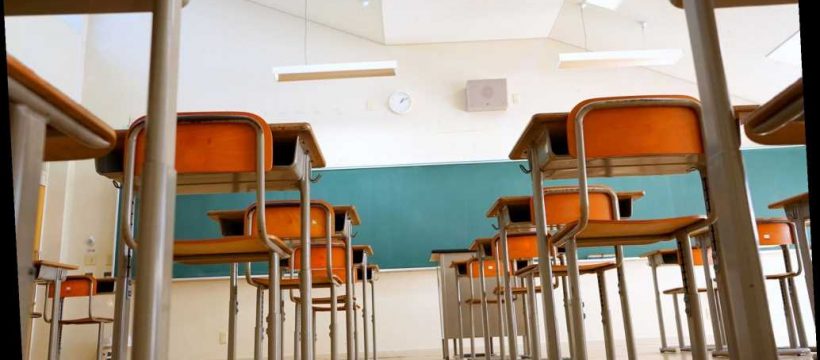Families and businesses are watching their bottom lines and stretching each dollar. But House Democrats are pushing a plan to prevent America’s schools from doing the same thing.
The proposed HEROES Act, laying out their demands for the next federal COVID-19 relief package, pledges $175 billion to K-12 public schools to help cover pandemic-related costs and backfill lost state revenues. But to qualify, states must keep spending as much on education as they averaged during the past three years from now until mid-2022. That condition was a priority for teachers unions, which claimed that otherwise states might shift funds to other priorities.
But there’s a real chance that state tax receipts won’t rebound to their pre-pandemic levels until 2023 or later, meaning states should be looking for long-term fixes instead of short-term bailouts. And no state needs to look more carefully at how it spends education money than New York.
Requiring Albany to maintain its spending levels would exacerbate a fiscal crisis. The Empire State is deep in the red. Education spending — a quarter of the state budget — is bolded in the ledger.
New York’s per-pupil education spending increased more than 250 percent between 1998 and 2018, an acceleration that dwarfed the national average. Now at more than $24,000 per student, the state is such an outlier that it would lead all states — and countries — even if Gov. Cuomo implemented a threatened 20 percent state-aid cut.
New York also presents the strongest case that high K-12 spending doesn’t automatically translate into results.
As Cuomo observed in 2011, when per-pupil spending was “only” $18,850, “it’s not about how much we spend, but the results that matter. As data show our education spending hasn’t resulted in performance.”
Endemic waste and inefficiency continue to grip the state education system. Over the past two decades, achievement on the National Assessment of Educational Progress, the so-called nation’s report card, modestly declined despite marked increases in spending.
The very prospect of a federal bailout means states such as New York are less interested in reforms that would reduce costs and improve education outcomes
New York schools have historically struggled with accountability — even in cases of misconduct. Tenured Gotham teachers who face discipline charges, for instance, are either paid not to work, and placed in “rubber rooms,” or deployed for clerical work or substitute teaching.
When school districts are forced to lay off teachers, state law requires them to let go their most recent hires. This last-in, first-out practice makes no allowance for a teacher’s performance — and ultimately requires more layoffs, since junior teachers are generally paid less. In 2019, city schools in Rochester laid off 152 of their newest teachers, as “LIFO” requires. The district, three years prior, had identified 146 teachers as “ineffective” using state accountability measures, but there was little to no overlap between the two groups.
Moments of crisis can serve as catalysts for real reform — if policymakers allow it. During the Great Recession, Mayor Mike Bloomberg shepherded changes that improved the efficiency and quality of city public schools.
Yet Bloomberg’s reforms have since fallen out of favor. Most notably, Mayor de Blasio has retreated from reforms that rewarded or sanctioned schools for performance. He also opposes expansion of charter schools, which must maintain performance and enrollment targets to remain open.
Charter schools significantly outperform traditional public schools in New York City — and at lower cost. As of 2017, New York City charter schools cost taxpayers $10,500 less per pupil than district schools.
Meanwhile, Gotham public schools continue to deliver lousy outcomes at high costs. If Congress writes a blank check to the Empire State that stifles fundamental reform — both fiscal and substantive — students will continue to lose.
Ian Kingsbury is an education-policy fellow at the Empire Center.
Share this article:
Source: Read Full Article
